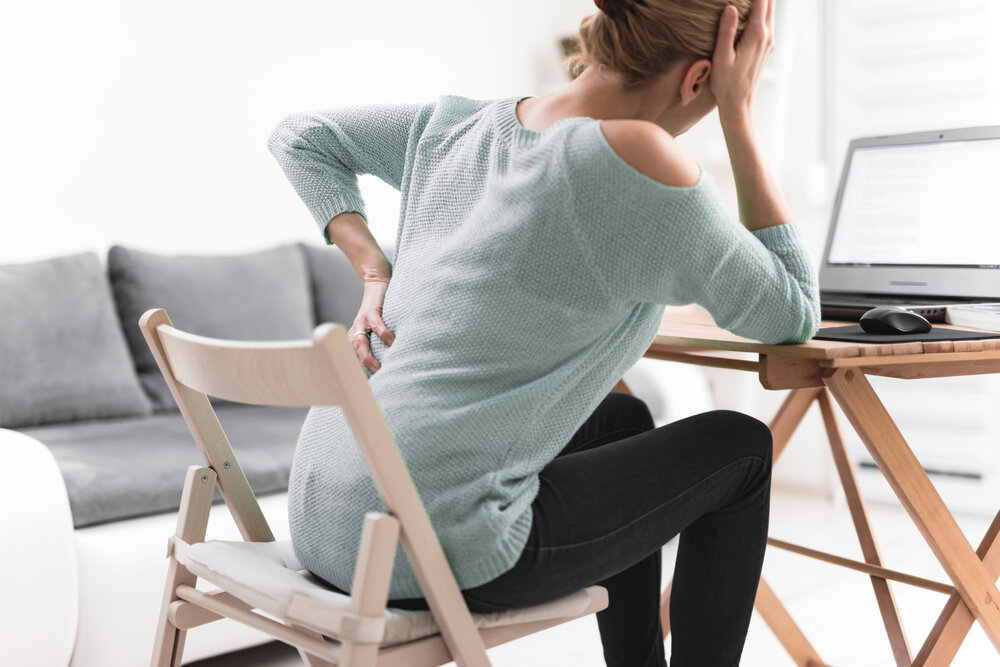It's possible that you've dealt with some degree of back pain in your day-to-day life, whether you're a gym enthusiast or just spend a lot of time sitting in an office chair. It's crucial that you are prepared to recognize the cause of your condition and recognize your symptoms when pain hits. At Neuroscience Specialists, the orthopedic doctors for back pain are here to keep you updated and help you establish a comprehensive recovery plan to eradicate back pain for good.

BACK PAIN'S COMMON CAUSES
Back pain may occur from daily causes, especially in adults over 35 years of age. A common culprit is slouching in front of a desk, and obesity is an added risk factor.
Owing to prolonged stress or heavy lifting, many individuals often encounter problems. Sports' repetitive movements and consequences can cause back pain, but no exercise can weaken and make the muscles more vulnerable to injury.
Pain in the back can be associated with a medical condition that needs a diagnosis from a doctor. There may be physiological causes of back pain like scoliosis or less strength in core muscles. As the body ages, as the soft substance bulges and pulls on nerves, causing degenerative disc disease, disc herniation, or spinal stenosis, troubling disc complications are more likely to happen.
The back may also be affected by such chronic conditions, including arthritis. Risk factors can include kidney disease, sciatica, nerve compression, or tumors, and pregnancy also makes back muscles stressed.

Lower and Upper Back Pain Signs
If you experience spinal pain in the lower back or lumbar, you can experience:
-
The failure to sit straight or move with the full range of movement
-
Distress or pain when trying to stand, sit, or walk
-
Pain while attempting to lift a heavyweight
-
Sharp pain in the back of the buttock or thigh
-
A dull lower backache
-
If you have upper back pain or thoracic spinal pain, you may experience:
-
Stiffness or tightness
-
Pain in your shoulder and neck
-
Slouched posture or weakness
-
Numbness, tenderness, or spasms of muscles in the back
-
Intense pain in the case of damage to the vertebrae
Relief from pain
You should start with conservative methods of treatment if you are experiencing acute yet manageable back pain. You should rest and take anti-inflammatory medicine for the first 48 hours, and ice up the affected area for 20 minutes at a time. For upper back pain, relaxation is the most successful remedy, as long as you lie down in a way that does not strain the spine.
Your doctor can recommend physical therapy, or improvements, such as exercising and improving your posture, if your pain persists. By strengthening the back and abdominal muscles, exercise will avoid injury, but be sure to warm up, rest, and gradually increase activity. If nothing works for you, see an orthopedic doctor for back pain at Neuroscience Specialists.
**Disclaimer- Information presented here is not intended to be qualified medical advice. Nothing expressed herein creates a doctor-patient relationship.

